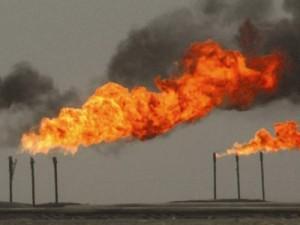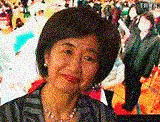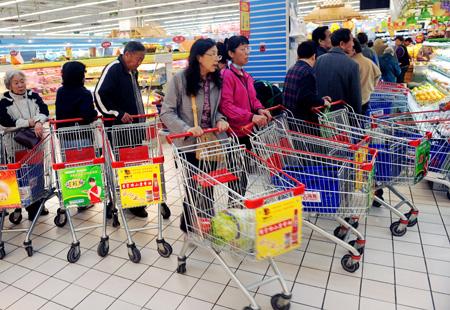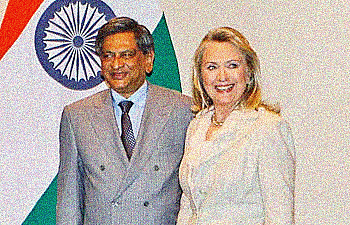In her new book The China Threat, the distinguished American diplomatic historian Nancy Bernkopf Tucker combed manuscript collections, searched through oral histories, conducted interviews in both Beijing and Washington, and reviewed numerous other published documents to present the memories, myths, and the realities of the 1950s and 1960s.








